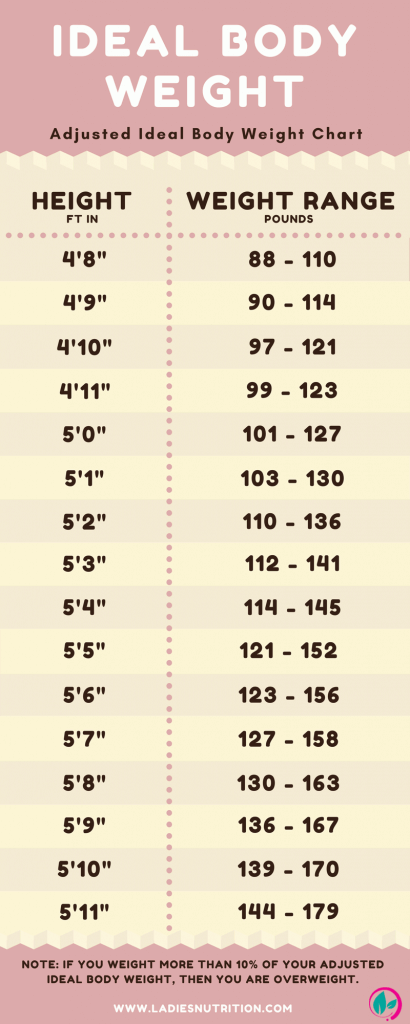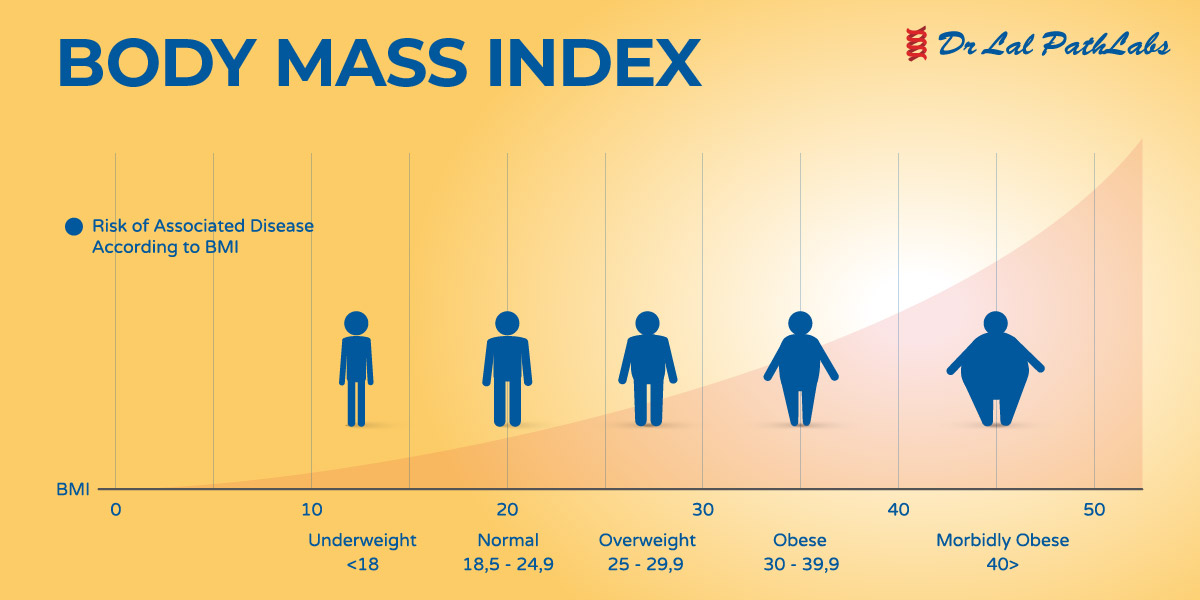“Healthy Body Weight Calculator: Your Guide to Achieving and Maintaining Optimal Health
With great pleasure, we will delve into the fascinating topic of Healthy Body Weight Calculator: Your Guide to Achieving and Maintaining Optimal Health. Let’s weave together engaging insights and offer a fresh perspective to our readers.
About Video Healthy Body Weight Calculator: Your Guide to Achieving and Maintaining Optimal Health
Healthy Body Weight Calculator: Your Guide to Achieving and Maintaining Optimal Health

In today’s health-conscious world, maintaining a healthy body weight is widely recognized as a cornerstone of overall well-being. Beyond aesthetics, a healthy weight is intrinsically linked to reduced risks of chronic diseases, improved energy levels, and enhanced quality of life. However, determining what constitutes a "healthy weight" can be a complex and often confusing endeavor. This is where healthy body weight calculators come into play, offering a valuable tool to help individuals assess their current weight status and set realistic goals for a healthier future.
Understanding the Concept of Healthy Body Weight
Before delving into the specifics of calculators, it’s crucial to understand the multifaceted nature of healthy body weight. It’s not simply about hitting a specific number on the scale. Instead, it’s about finding a weight range that allows your body to function optimally, minimizes disease risk, and supports overall well-being. Several factors influence this ideal weight range, including:
- Age: Metabolism naturally slows down with age, influencing caloric needs and body composition.
- Sex: Men typically have more muscle mass than women, affecting their body weight and composition.
- Height: Height is a primary determinant in calculating healthy weight ranges.
- Body Composition: Muscle mass versus fat mass plays a significant role. Individuals with more muscle may weigh more but still be healthy.
- Genetics: Genetic predispositions can influence metabolism, body fat distribution, and overall weight.
- Activity Level: Active individuals require more calories and often have higher muscle mass, impacting their healthy weight range.
- Overall Health: Underlying health conditions can influence weight and the ideal weight range.

The Role of Healthy Body Weight Calculators
Healthy body weight calculators are tools designed to estimate a healthy weight range based on the information you provide. These calculators typically use formulas that incorporate height, age, sex, and sometimes activity level to provide an estimate. While these calculators are not a substitute for professional medical advice, they offer a valuable starting point for assessing your weight status and setting goals.
Types of Healthy Body Weight Calculators

Several types of healthy body weight calculators exist, each with its own strengths and limitations. Here are some of the most common:
-
Body Mass Index (BMI) Calculator:
- Description: BMI is the most widely used and recognized metric for assessing weight status. It calculates a ratio of weight to height (BMI = weight (kg) / height (m)^2).
- Interpretation:
- Underweight: BMI less than 18.5
- Normal weight: BMI between 18.5 and 24.9
- Overweight: BMI between 25 and 29.9
- Obese: BMI of 30 or higher
- Pros: Simple, quick, and widely available. Provides a general indication of weight status.
- Cons: Doesn’t account for body composition (muscle mass vs. fat mass). May overestimate body fat in athletes and underestimate it in older adults. Doesn’t consider age, sex, or ethnicity.

-
Ideal Body Weight (IBW) Calculators:
- Description: IBW formulas aim to estimate the ideal weight based on height and sex. Several formulas exist, including the Devine formula, the Hamwi formula, and others.
- Formulas:
- Devine Formula:
- Men: IBW (kg) = 50 + 2.3 * (height in inches – 60)
- Women: IBW (kg) = 45.5 + 2.3 * (height in inches – 60)
- Hamwi Formula:
- Men: IBW (lbs) = 106 + 6 * (height in inches – 60)
- Women: IBW (lbs) = 100 + 5 * (height in inches – 60)
- Devine Formula:
- Pros: Takes height and sex into account. Provides a specific target weight.
- Cons: Doesn’t consider body composition, age, activity level, or ethnicity. May not be accurate for individuals with very large or very small frames.
-
Waist-to-Hip Ratio (WHR) Calculator:
- Description: WHR measures the ratio of waist circumference to hip circumference. It assesses the distribution of body fat, which is an important indicator of health risk.
- Calculation: WHR = Waist circumference (cm or inches) / Hip circumference (cm or inches)
- Interpretation:
- Men: WHR > 0.90 indicates higher health risk.
- Women: WHR > 0.85 indicates higher health risk.
- Pros: Provides insight into body fat distribution. Stronger predictor of cardiovascular disease risk than BMI alone.
- Cons: Doesn’t provide a target weight. Requires accurate measurements. Interpretation can vary based on ethnicity.
-
Waist Circumference Measurement:
- Description: Measuring waist circumference alone can be a valuable indicator of abdominal fat, which is strongly linked to health risks.
- Interpretation:
- Men: Waist circumference > 40 inches (102 cm) indicates higher health risk.
- Women: Waist circumference > 35 inches (88 cm) indicates higher health risk.
- Pros: Simple and quick to measure. Strong indicator of abdominal obesity and related health risks.
- Cons: Doesn’t provide a target weight. Doesn’t consider height or overall body composition.
-
Body Fat Percentage Calculator:
- Description: Estimates the percentage of your body weight that is composed of fat. More accurate than BMI for assessing health risk, as it directly measures body composition.
- Methods: Can be estimated using skinfold calipers, bioelectrical impedance analysis (BIA) scales, or more advanced methods like DEXA scans.
- Interpretation: Healthy body fat ranges vary based on age and sex.
- Pros: Provides a more accurate assessment of body composition than BMI. Helps track progress in fat loss or muscle gain.
- Cons: Accuracy depends on the method used. Skinfold calipers require trained personnel. BIA scales can be affected by hydration levels.
How to Use Healthy Body Weight Calculators Effectively
-
Choose the Right Calculator: Consider your goals and the information you want to obtain. BMI is a good starting point, but WHR or body fat percentage may be more informative for assessing health risk.
-
Accurate Measurements: Ensure accurate height and weight measurements. Use a reliable scale and measuring tape.
-
Understand the Limitations: Recognize that calculators provide estimates, not definitive answers. They don’t account for all individual factors.
-
Consult a Healthcare Professional: Discuss your weight goals and calculator results with a doctor, registered dietitian, or other qualified healthcare professional. They can provide personalized guidance based on your individual needs and health status.
-
Set Realistic Goals: Use the calculator results as a guide for setting realistic and achievable weight loss or weight management goals. Focus on gradual, sustainable changes rather than drastic measures.
-
Focus on Overall Health: Remember that weight is just one aspect of overall health. Prioritize a balanced diet, regular physical activity, adequate sleep, and stress management.
Beyond the Numbers: A Holistic Approach to Healthy Weight
While healthy body weight calculators offer valuable insights, it’s crucial to adopt a holistic approach to weight management that goes beyond simply chasing a number on the scale. This includes:
-
Nutrition: Focus on a balanced diet rich in fruits, vegetables, whole grains, lean protein, and healthy fats. Limit processed foods, sugary drinks, and unhealthy fats.
-
Physical Activity: Aim for at least 150 minutes of moderate-intensity or 75 minutes of vigorous-intensity aerobic activity per week. Incorporate strength training exercises at least two days per week.
-
Mindful Eating: Pay attention to hunger and fullness cues. Eat slowly and savor your food. Avoid distractions while eating.
-
Sleep: Prioritize 7-9 hours of quality sleep per night. Sleep deprivation can disrupt hormones that regulate appetite and metabolism.
-
Stress Management: Find healthy ways to manage stress, such as exercise, yoga, meditation, or spending time in nature. Chronic stress can contribute to weight gain.
-
Hydration: Drink plenty of water throughout the day. Water helps regulate appetite, boost metabolism, and support overall health.
Conclusion
Healthy body weight calculators are valuable tools for assessing weight status and setting realistic goals. However, they should be used as a starting point, not a definitive answer. Remember to consider individual factors, consult with a healthcare professional, and adopt a holistic approach to weight management that encompasses nutrition, physical activity, mindful eating, sleep, stress management, and hydration. By focusing on overall health and well-being, you can achieve and maintain a healthy weight that supports a long and fulfilling life. Remember that the journey to a healthy weight is a personal one, and it’s important to be patient, kind to yourself, and celebrate your progress along the way.

